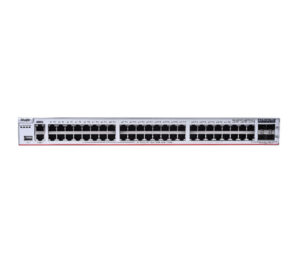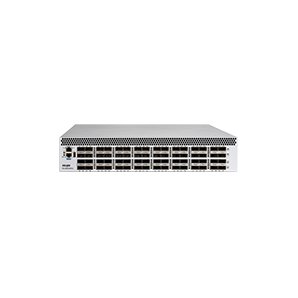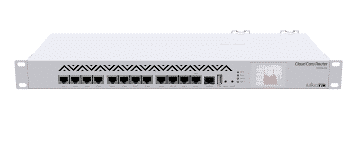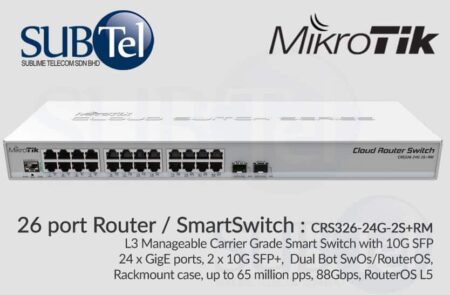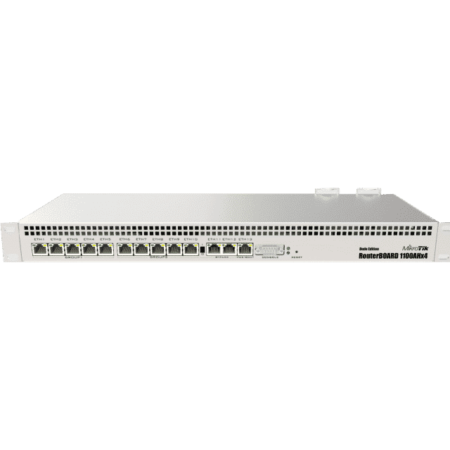Data Center Virtualization
The RG-S6500 Series adopts the industry-leading Virtual Switch Unit(VSU) technology to achieve unified network management, reduce network nodes and enhance network reliability. The failover time for link failure is within 50 to 200ms to guarantee uninterrupted operation for mission-critical applications. The cross-device link aggregation feature enables access to servers or switches to achieve active-active uplinks.
RDMA Lossless Infrastructure
The TCP/IP protocol stack brings the latency of tens of microseconds. The CPU usage of the server is high due to the TCP protocol stack processing. When the network bandwidth reaches 25 Gbit/s, about 50% of the CPU capability of most servers will be used to transmit data. Remote direct memory access (RDMA) is a direct memory access from the memory of one computer into that of another without involving either one’s operating system. RDMA technology reduces the data transmission latency on the server to less than 1 microsecond and the CPU usage of the server will less than 5%. With the technology related to RoCE(RDMA over Converged Ethernet) , the RG-S6500 Series permits high-throughput, low-latency networking, which is especially useful in massively parallel computer clusters.
Fabric-based Flow Visualization
The RG-S6500 Series realizes flow visualization on complicated multi-path and multi-node network. With each flow’s path and latency centralized monitored, operators can locate the faults much more efficient.
Carrier-Class Reliability Protection
The RG-S6500 Series supports built-in redundant power modules and modularized fan components. All the interface boards, power modules, and fan modules are hot-pluggable to guarantee undisturbed switching operation. In addition, the switches support fault detection and automatic alarms for the power and fan modules. The rotation speed of the fans automatically adjusts to the ambient temperature. The switches further provide device-level and link-level reliability protection with the over-current, over-voltage, and overheating protection measures.
The RG-S6500 Series also supports features like REUP (Rapid Ethernet Uplink Protection), Graceful Restart (GR) and Bidirectional Forwarding (BFD) mechanisms. All the features ensure the network convergence time is unaffected even when the network bears abundant services and heavy traffic, and therefore ensure normal operation.
IPv4/IPv6 Dual-Stack Multi-Layer Switching
The hardware of the RG-S6500 Series supports line-rate IPv4/IPv6 dual-stack multi-layer switching, and distinguishes and processes IPv4 and IPv6 protocol packets. The switches also support multiple tunneling technologies including manually configured tunnels, automatic tunnels, ISATAP tunnels and so on. The switches provide flexible IPv6 inter-network communication solutions to be realized according the requirement plan and status quo of the IPv6 networks. The switch series is also applicable to an IPv4-only or IPv6-only network, or a hybrid of IPv4 and IPv6 network, fulfilling the transition requirements from IPv4 to IPv6 network.
The series supports a wide range of IPv4 routing protocols including static routing, RIP, OSPF, and BGP4, which can be selected flexibly according to the network environment. The series also supports an abundant list of IPv6 routing protocols, such as static routing, RIPng, OSPFv3, and BGP4+, which can be selected flexibly either to upgrade the existing network to IPv6 network or to construct a new IPv6 network.
Flexible and Comprehensive Security Policies
The RG-S6500 Series features multiple security features, which effectively defend against and control virus flooding and hacker attacks. These features include anti-DoS attack, validity check of ARP packets on ports, and multiple hardware-based ACL policies.
The switches support hardware-based IPv6 ACLs, which can easily control IPv6 users’ access to edge devices even when IPv6 users exist within an IPv4 network. It allows coexistence of IPv4 and IPv6 users on the network and can control access permissions of IPv6 users, such as restricting access to sensitive resources on the network.
The switch series adopts Ruijie’s industry-leading CPU Protection Policy (CPP) technology, which is an advanced hardware-based CPU protection mechanism, to distinguish data traffic destined to the CPU and process data according to queue priorities. The switches implement bandwidth control to protect the CPU against unauthorized traffic consumption, malicious attacks and resource consumption and hence to ensure switch security. The hardware of the RG-S6500 Series allows flexible binding of a user IP address or a MAC address to a port or a switch to strictly control user access.
The switches also support Telnet access control based on source IP addresses. The measure prevents unauthorized users or hackers from attacking or controlling devices and thereby enhances security of the device NMS. The RG-S6500 Series also implement Secure Shell (SSH) and SNMPv3 to encrypt management information in Telnet and SNMP processes, thereby ensuring security of management device information and preventing hacker from waging attacks or controlling devices.
The series prevents unauthorized users from network access through multiple functions. These functions include multi-element binding, port security, time ACL, and bandwidth limit based on data traffic. The RG-S6500 Series highly strengthens access security and are perfect match for large-sized networks.
Advanced Management
The RG-S6500 Series supports a family of management ports such as Console, MGMT and USB. The switches also support SNMP v1/v2c/v3, a universal network management platform. In addition, the switch console port can be managed via Telnet / SSHv2, HTTP or HTTPS. The switches enable Command Line Interface (CLI), Telnet, and cluster management, which simplify device management and provide various encryption modes such as SSH2.0 to enhance network security.
The switches support SPAN/RSPAN mirroring and multiple mirroring observation ports, offering users high visibility and transparency for easy maintenance. The switches also provide a wide range of network traffic reports to help users optimize network structure and adjust resources deployment accordingly.


